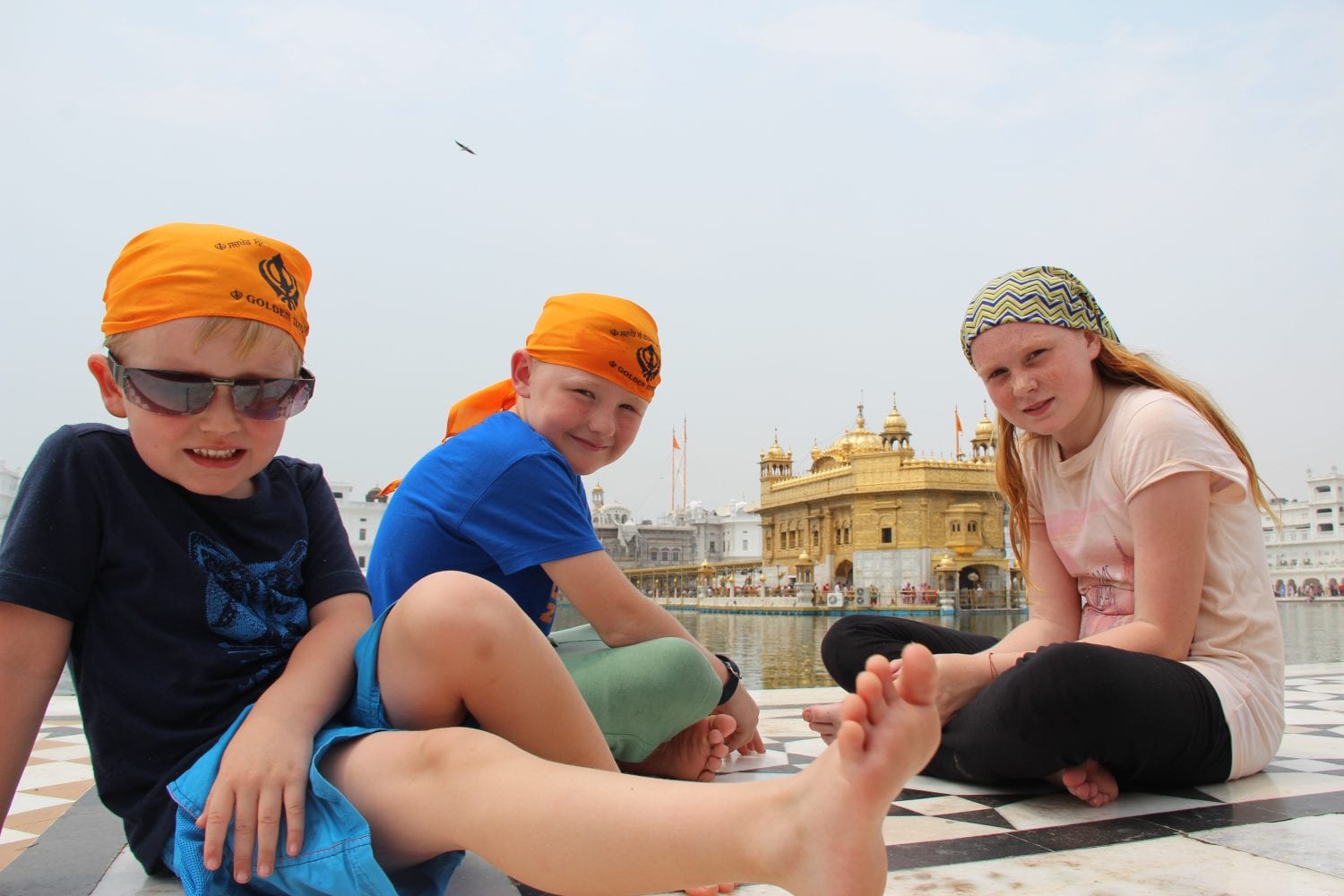

We rolled up into Amritsar off a torturous 16 hour overnighter from Agra and were welcomed by monsoon rains in full force. Since it was early we nipped into a restaurant and grabbed some breakfast before trying to negotiate the 1.8km walk to our hotel. Since Amritsar is a complete dump the roads were flooded and so we needed to jump in a rickshaw. Seeing we had kids, and bags and looked exhausted we naturally got ripped off on the fare, and it must have been by a fair bit as the driver laughed to himself pretty much the whole way.
The hotel we had booked “Backpackers Nest” took the booking for 6 adults and 2 children. When being shown the room we were stunned (but not surprised) to see a windowless concrete square room with a metal shutter separating the next room. There was just one double bed and a rollaway mattress. The owner was explaining how it was sufficient and we declined, thanking him for screwing us over. We sat, in the rain, exhausted with all our bags, the kids, no connection, with nowhere to go. Somehow, in a moment of awesomeness I had downloaded Amritsar from google maps the day previously, and a quick search pulled up a decent hotel not too far away. We headed off, checked in, relaxed and then headed to the Golden Temple.
The area surrounding the Golden Temple is absolute chaos, even the road isn’t a road, but a construction site. I don’t know how many people visit the Golden Temple each day but it must be in the tens of thousands judging by the number of people. You need to cover your hair prior to entrance and bandannas are sold by everyone for 10 rupees each. Ask for a souvenir one which says ‘Golden Temple’ on and is bright orange. The price will double momentarily before sharply dropping to its original value as you being to walk away.
You must have bare feet to enter the complex and shoe storage is free and incredibly efficient. Wash your feet prior to entry and then watch as people come and drink the water in which you just washed your feet. If outside the complex you are hot, then inside you will be sweltering. The marble reflects the heat in a blinding manner. The floors are wet as people bathe in the pool and it was marginally funny to see the odd person do a comical fall, including Jack, twice. Rugs are provided by are made from a material as abrasive as sandpaper with random needle like pieces of wood serving the purpose of stabbing your feet.


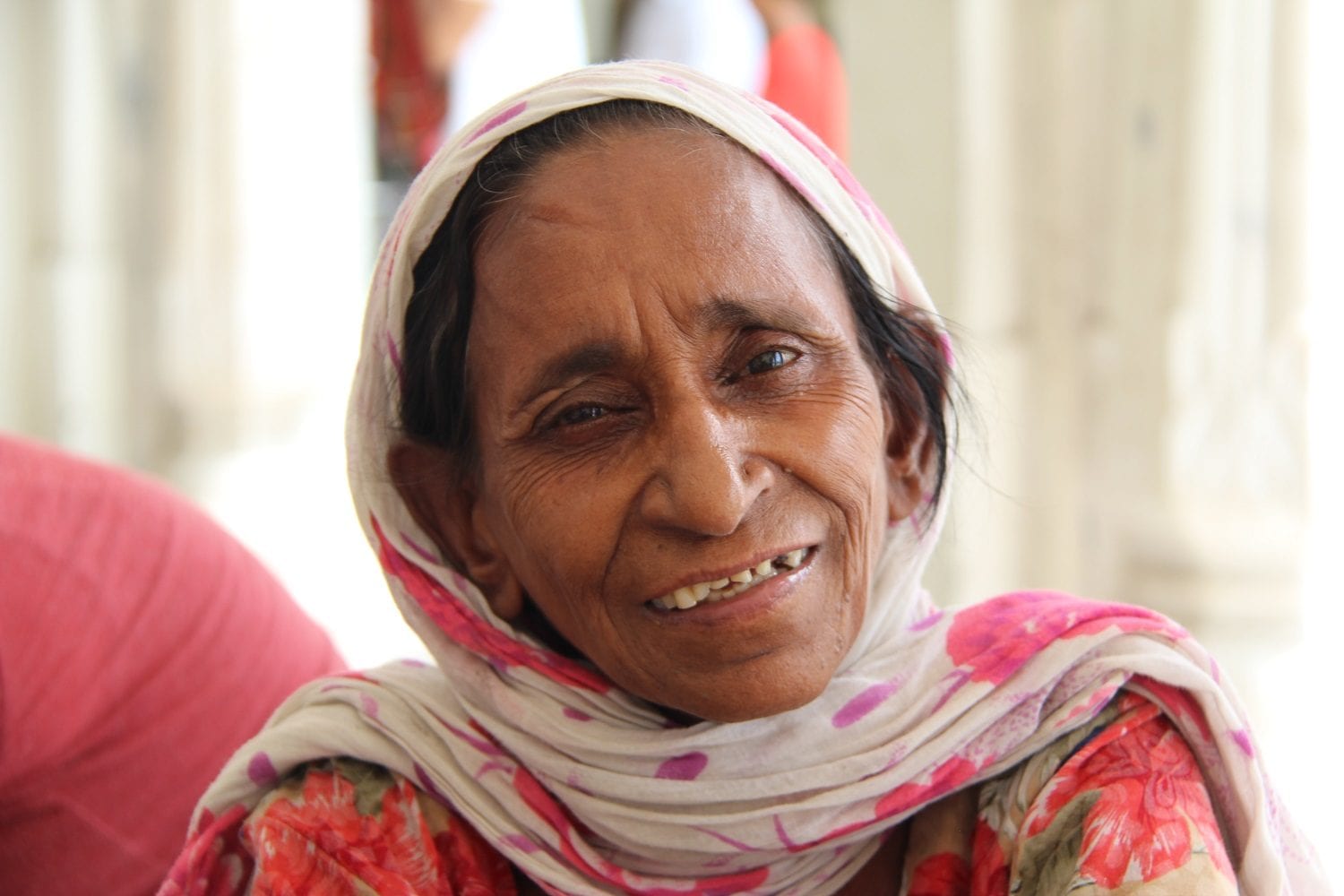

It was to be our last night together as a family for a week as Gemma headed to Manali with Abi, Jack and Toby whilst I headed to Leh, via Jammu with Charlie and Megan. Obviously, we bought alcohol, played cards, and relaxed. The following morning, I waved Gem and the kids off on a 10 hour (turned out to be 13 hour) taxi ride to Manali (9000 rupees, about £90 for the 250-mile journey).
Some time later, feeling a little lost, we headed to the bus station and paid 115 rupees each to Pathankot, a transport hub on the fringes of Himachal Pradesh and Jammu and Kashmir.
For decades Jammu and Kashmir has been dangerous, most Western countries advise against travel to the region as bombs are thrown around and killings all too common. Tourists are not the focus and are not targeted. However, when someone detonates a bomb there is always a risk you may be get caught up in it. Recently (last week or so, July 2016) it has kicked off big time as India has upped the anti, killing a prominent opposition fighter. Riots, killings, and bombings currently mar the region to the point I reconsidered travelling to Jammu. Endless amounts of research, and the fact that the British government says travel within the city of Jammu is fine, meant we would continue the journey. Once in Pathankot I noticed armed military everywhere, the odd tank rolled by and tensions seemed high. We jumped in a taxi bound for Jammu (2400 rupees, 3 hours). En route I figured we would just go straight to the hotel we had booked at the train station and lay low. The taxi driver wasn’t able to get to the hotel so we were ditched at the perimeter of the railway station, and there were hundred’s of people. Walking through the crowds trying to be incognito people wanted to shake our hands, “thank you for coming to Jammu, you are most welcome”, there was no hostility, we were being welcomed with opened arms. The armed police even called us over to shake our hands, take selfies and thank us for coming to Jammu. At the hotel I spoke to the manager who spoke excellent English, he explained that Jammu is a city built on tourism but due to the conflict further up the valley foreigners were few and far between. Livelihood’s ruined, hotels closed down, restaurants empty. There was a natural resentment to the perpetrators of the conflict and a desperate drive to let the tourists that do come to Jammu, that they are not just welcome, but they are safe.
As a result we walked the city and it really is quite beautiful, I saw not a single slice of hostility, just smiles, handshakes and the warmest welcome we could ever have asked for.
As we headed to the airport the next morning I felt a little sad we hadn’t stayed longer. Once at Jammu airport, I realised the harsh reality of the situation. The airport is in an air force base, surrounded by military, the walls fringed with barbed wire. It took a series of eight levels of security just to get to our gate. Once there, you literally have to go to the runway and identify your previously checked luggage before it is loaded onto the heavily armed aircraft. Due to the security situation only a few flights are allowed to leave Jammu each day, all in the morning.
I didn’t know it at the time, but as the half empty, Air India flight 450 rattled down the runway an hour behind schedule, we were about to be gifted with the most spectacular 40-minute journey of our lives. And I had even less of an idea, that as we descended sharply into the far northern town of Leh nestled deep in the Indian Himalayas, we were in for some of the most unforgettable days we had ever had.



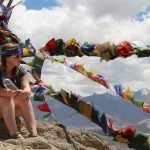
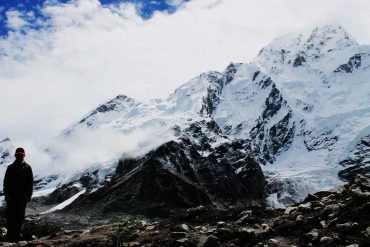
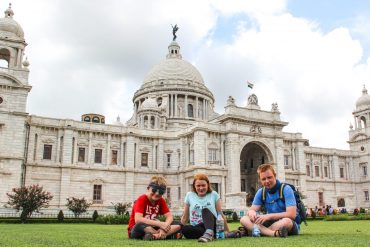
Comments are closed.